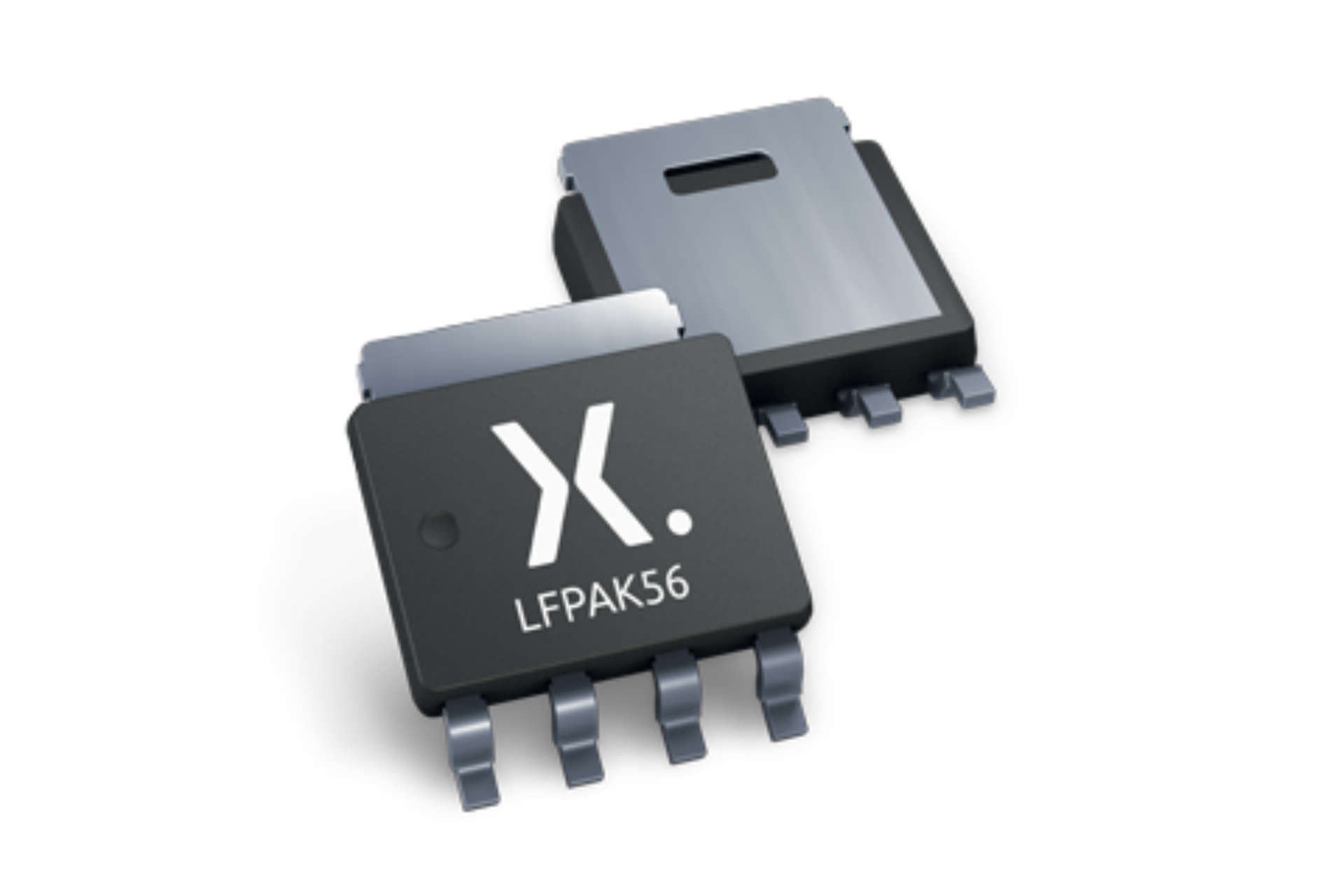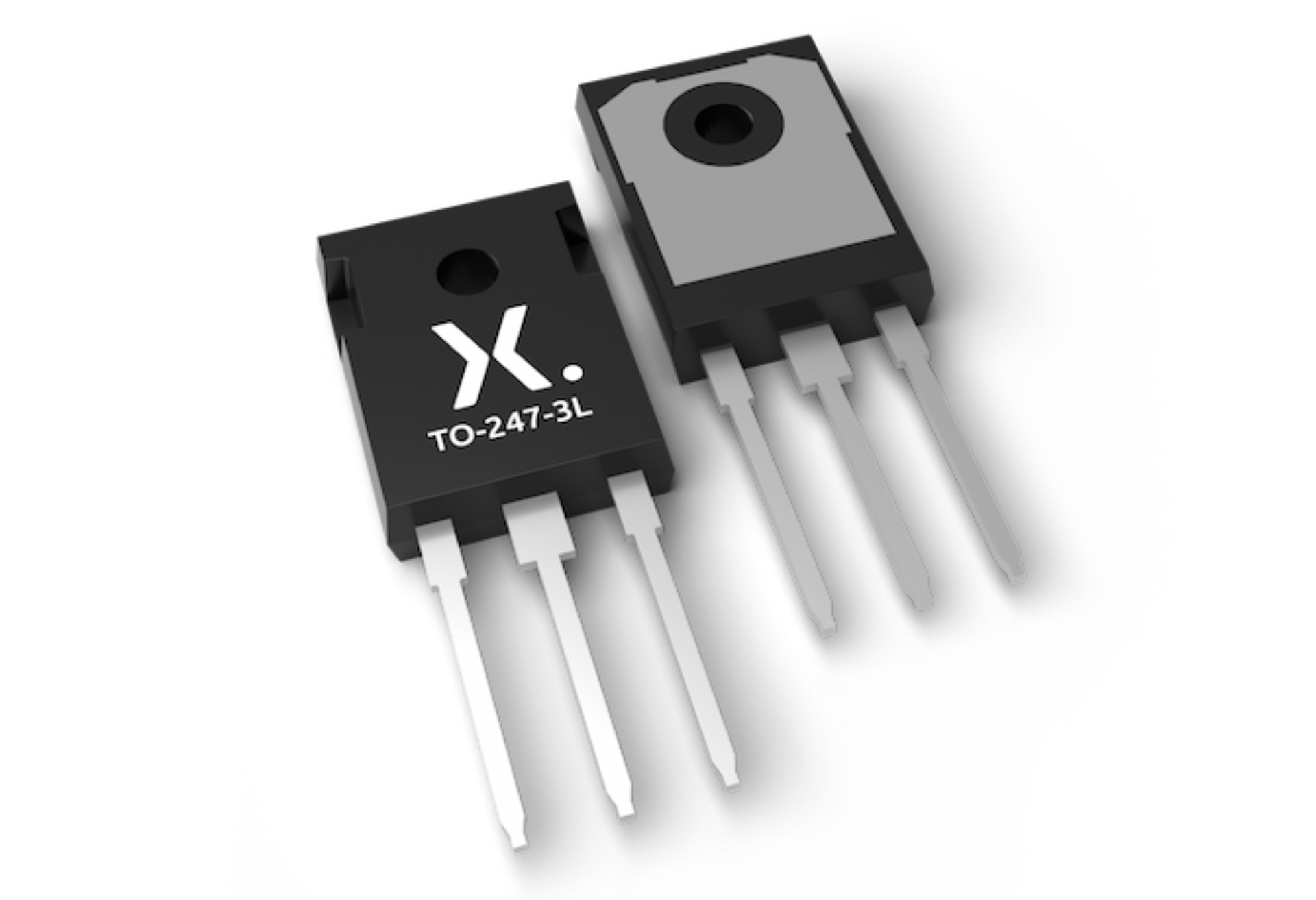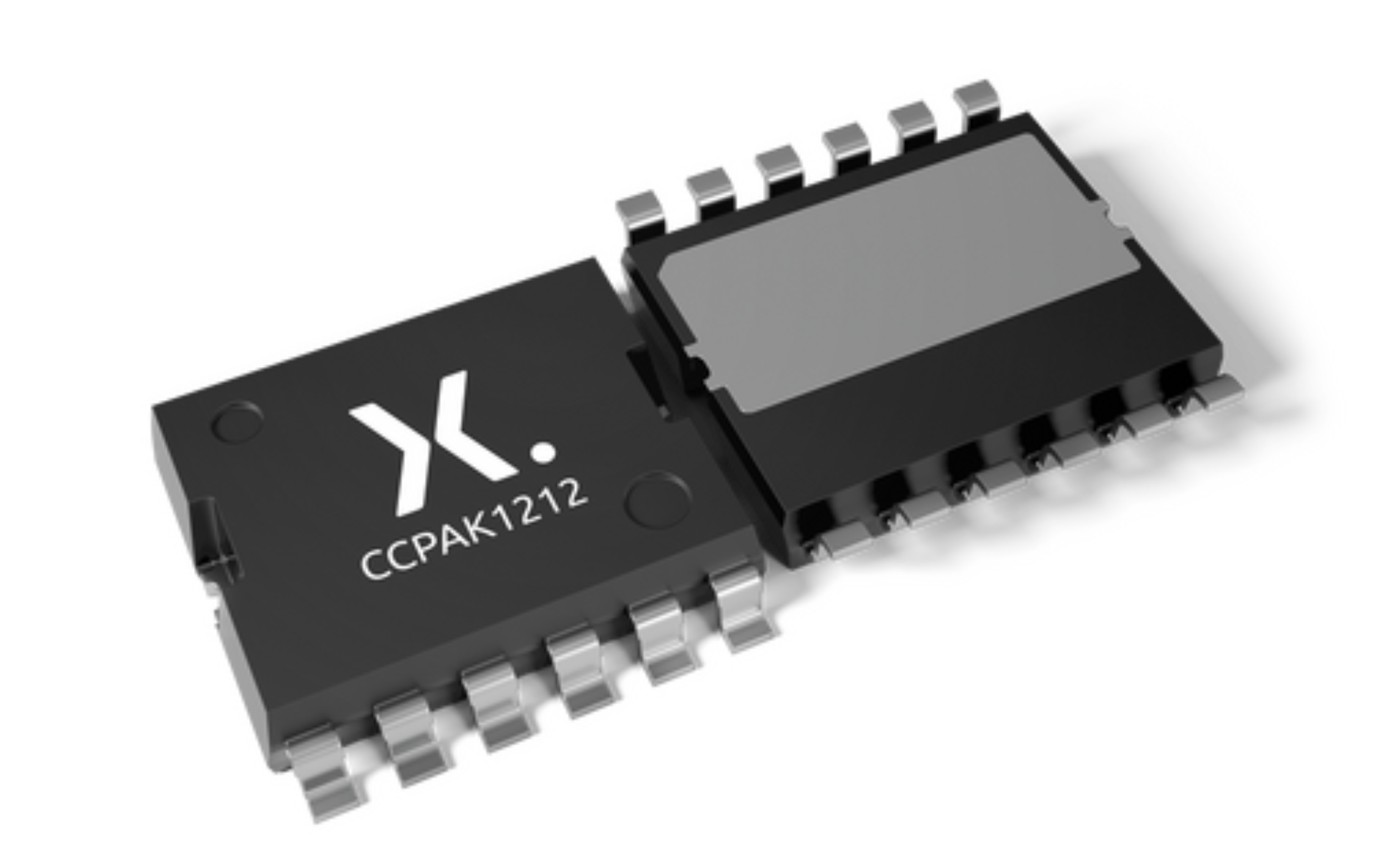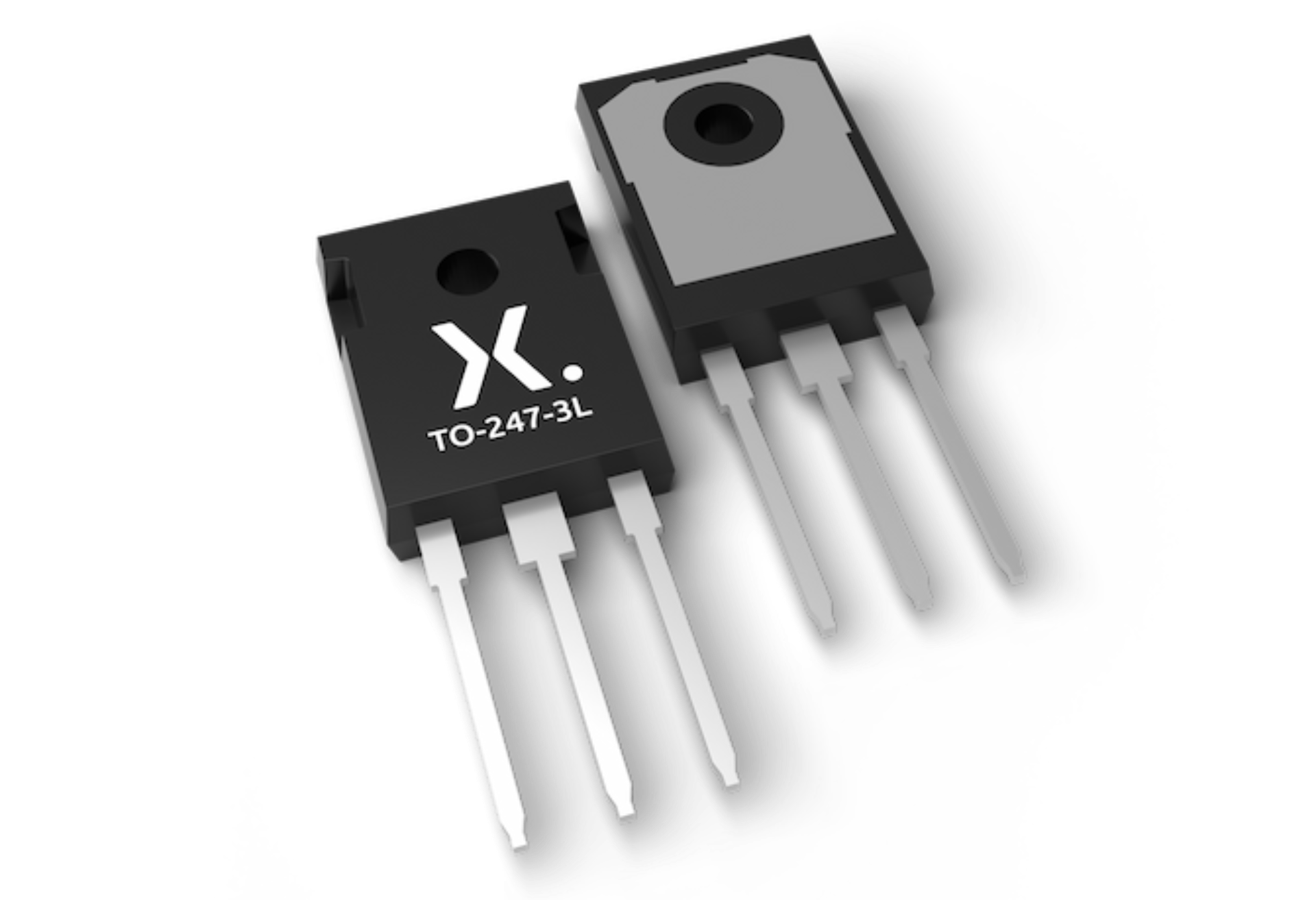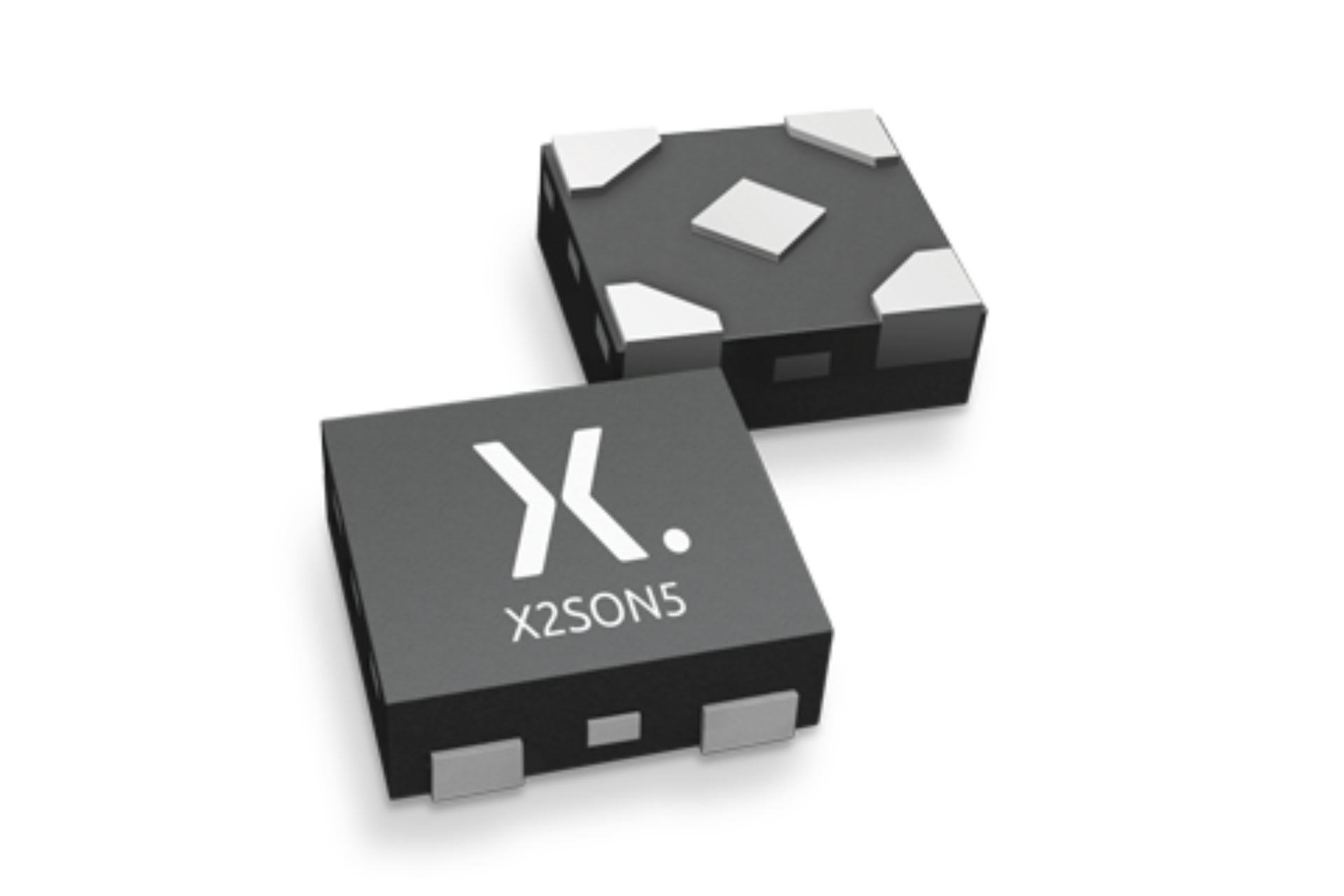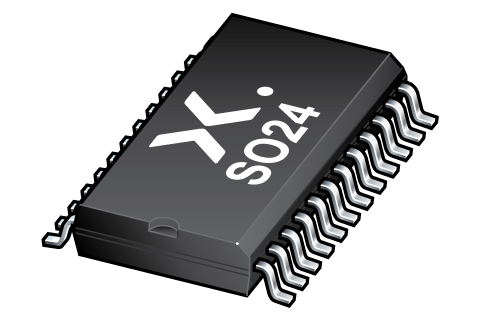
Register once, drag and drop ECAD models into your CAD tool and speed up your design.
Click here for more information74HCT4067D
16-channel analog multiplexer/demultiplexer
The 74HC4067; 74HCT4067 is a single-pole 16-throw analog switch (SP16T) suitable for use in analog or digital 16:1 multiplexer/demultiplexer applications. The switch features four digital select inputs (S0, S1, S2 and S3), sixteen independent inputs/outputs (Yn), a common input/output (Z) and a digital enable input (E). When E is HIGH, the switches are turned off. Inputs include clamp diodes. This enables the use of current limiting resistors to interface inputs to voltages in excess of VCC.
Alternatives
Features and benefits
Wide supply voltage range from 2.0 V to 10.0 V
Input levels S0, S1, S2, S3 and E inputs:
For 74HC4067: CMOS level
For 74HCT4067: TTL level
CMOS low power dissipation
High noise immunity
Low ON resistance:
80 Ω (typical) at VCC = 4.5 V
70 Ω (typical) at VCC = 6.0 V
60 Ω (typical) at VCC = 9.0 V
Complies with JEDEC standards:
JESD8C (2.7 V to 3.6 V)
JESD7A (2.0 V to 6.0 V)
Latch-up performance exceeds 100 mA per JESD 78 Class II Level B
ESD protection:
HBM: ANSI/ESDA/JEDEC JS-001 class 2 exceeds 2000 V
CDM: ANSI/ESDA/JEDEC JS-002 class C3 exceeds 1000 V
Multiple package options
Specified from -40 °C to +85 °C and -40 °C to +125 °C
Typical ‘break before make’ built-in
Applications
Analog multiplexing and demultiplexing
Digital multiplexing and demultiplexing
Signal gating
Parametrics
| Type number | Package name |
|---|---|
| 74HCT4067D | SO24 |
PCB Symbol, Footprint and 3D Model
| Model Name | Description |
|---|---|
|
|
Package
All type numbers in the table below are discontinued.
| Type number | Orderable part number, (Ordering code (12NC)) | Status | Marking | Package | Package information | Reflow-/Wave soldering | Packing |
|---|---|---|---|---|---|---|---|
| 74HCT4067D | 74HCT4067D,112 (933715680112) |
Obsolete |

SO24 (SOT137-1) |
SOT137-1 |
SO-SOJ-WAVE
WAVE_BG-BD-1 |
Not available | |
| 74HCT4067D,118 (933715680118) |
Obsolete | SOT137-1_118 |
Environmental information
All type numbers in the table below are discontinued.
| Type number | Orderable part number | Chemical content | RoHS | RHF-indicator |
|---|---|---|---|---|
| 74HCT4067D | 74HCT4067D,112 | 74HCT4067D |
|
|
| 74HCT4067D | 74HCT4067D,118 | 74HCT4067D |
|
|
Series
Documentation (10)
| File name | Title | Type | Date |
|---|---|---|---|
| 74HC_HCT4067 | 16-channel analog multiplexer/demultiplexer | Data sheet | 2024-07-25 |
| AN11044 | Pin FMEA 74HC/74HCT family | Application note | 2019-01-09 |
| AN90063 | Questions about package outline drawings | Application note | 2025-10-22 |
| SOT137-1 | 3D model for products with SOT137-1 package | Design support | 2020-01-22 |
| Nexperia_package_poster | Nexperia package poster | Leaflet | 2020-05-15 |
| SOT137-1 | plastic, small outline package; 24 leads; 1.27 mm pitch; 15.4 mm x 7.5 mm x 2.65 mm body | Package information | 2022-06-21 |
| 74HCT4067D_Nexperia_Product_Reliability | 74HCT4067D Nexperia Product Reliability | Quality document | 2025-03-20 |
| HCT_USER_GUIDE | HC/T User Guide | User manual | 1997-10-31 |
| SO-SOJ-WAVE | Footprint for wave soldering | Wave soldering | 2009-10-08 |
| WAVE_BG-BD-1 | Wave soldering profile | Wave soldering | 2021-09-08 |
Support
If you are in need of design/technical support, let us know and fill in the answer form we'll get back to you shortly.
Longevity
The Nexperia Longevity Program is aimed to provide our customers information from time to time about the expected time that our products can be ordered. The NLP is reviewed and updated regularly by our Executive Management Team. View our longevity program here.
Models
| File name | Title | Type | Date |
|---|---|---|---|
| SOT137-1 | 3D model for products with SOT137-1 package | Design support | 2020-01-22 |
PCB Symbol, Footprint and 3D Model
| Model Name | Description |
|---|---|
|
|
How does it work?
The interactive datasheets are based on the Nexperia MOSFET precision electrothermal models. With our interactive datasheets you can simply specify your own conditions interactively. Start by changing the values of the conditions. You can do this by using the sliders in the condition fields. By dragging the sliders you will see how the MOSFET will perform at the new conditions set.



